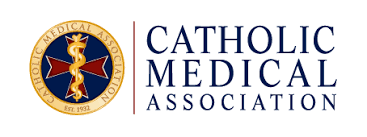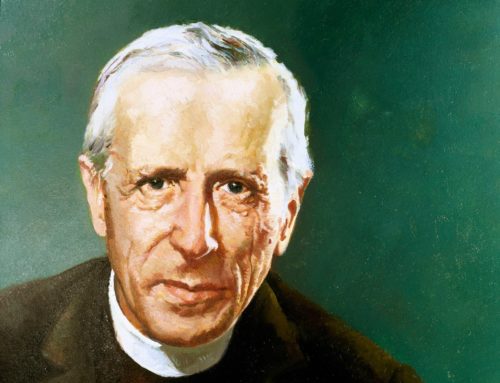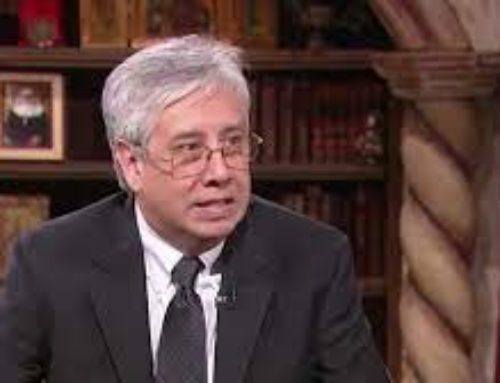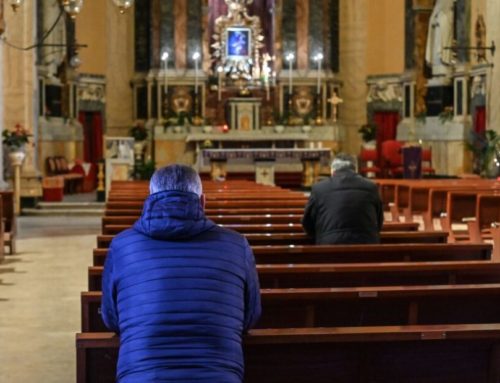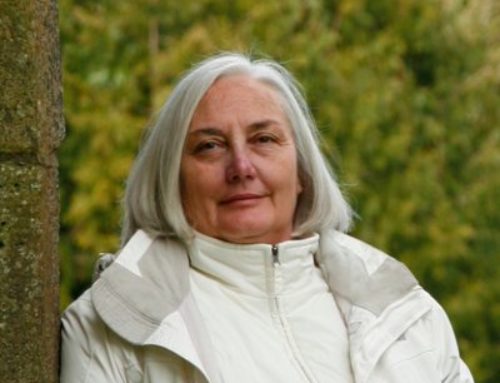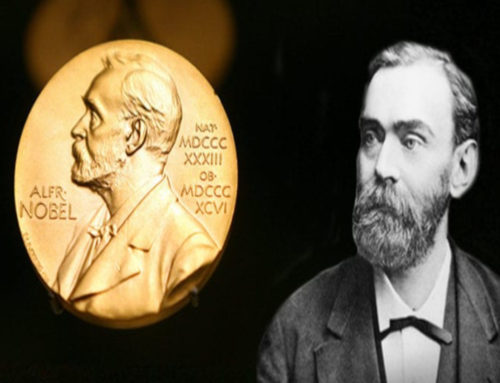‘Is it really worth it, some of these measures? That’s a question we need to ask,’ the Catholic Medical Association discussed in light of Catholic social teaching. Mon Oct 12, 2020


By Emily Mangiaracina
FOLLOW
October 12, 2020 (LifeSiteNews) – Catholic doctors gathered at the Catholic Medical Association’s 89th annual educational conference last month and tried to provide a thorough foundation of information for COVID-19 policy best practices before filtering it through the framework of Catholic social teaching.
According to Catholic social teaching, the good effects of a policy must, at minimum, “outweigh the rationally foreseeable bad effects,” said Dr. Anthony Flood, a professor of philosophy at North Dakota State University, at the conference.
To determine whether “the treatment is worse than the disease,” the doctors had to bring both the reality of the coronavirus and the unintended damage of the COVID-19 interventions into sharp focus.
Dr. Paul Carson, an infectious disease specialist, began by discussing the Wuhan coronavirus itself. He said COVID-19 is significantly more dangerous than the seasonal flu, and has even been shown to cause persistent cardiac inflammation in asymptomatic carriers of COVID-19. “We need to take this seriously,” he concluded.
Dr. Paul Cieslak, also an infectious disease specialist, presented a study that aimed to show the effectiveness of various COVID-19 interventions, which Dr. Cieslak noted “is almost impossible to do.” According to this model, mandatory mask wearing had almost no effect on the rate of transmission.
Dr. Thomas McGovern, who researched vaccines and biological warfare at the U.S. Army Medical Research Institute of Infectious Disease, then laid out the statistics on the “collateral damage” of COVID-19 interventions.
Dr. McGovern referenced the increase in physical isolation during COVID-19, both legally imposed and self imposed, and pointed out that isolation is used in prisons as part of their most severe punishment.
Isolation is generally understood to take a mental toll, but the role it plays in physical disease is little-mentioned in the COVID-19 discussion. Dr. McGovern said isolation and loneliness result, on average, in a 32 percent increase in stroke, a 50 percent increase in dementia, and a 40 percent increase in diabetes.
Loneliness and physical isolation each lead to increased mortality, independent of each other. Physical isolation alone results in a 26 percent increased risk of mortality, and loneliness leads to a 32 percent increased risk of mortality, which, Dr. McGovern noted, is the same risk that comes from morbid obesity.
Dr. McGovern cited a morbidity and mortality weekly report from the CDC that showed in comparison to the same month in 2019 there was double the amount of suicidal ideation, triple the amount of anxiety, and quadruple the amount of depression in 2020.
Statistics suggest that the mental health decline stems in part from the baggage of pandemic-induced unemployment. Dr. McGovern noted that for every one percent increase in the national unemployment rate, there’s a one to 1.3 percent increase in the suicide rate, a 25 percent increase in child neglect, and a 12 percent increase in child abuse. During the great recession of 2008, pediatricians reported a 63 percent increase in infant head trauma due to abuse.
Dr. McGovern shared that domestic violence calls also increased in major cities after the lockdowns, as much as by 30 percent in New York. Aggravated domestic assault calls increased by 27 percent in Boston.
Dr. McGovern went on to share a personal story that testified to the ultimate collateral damage of physical isolation. He showed a picture of his mother-in-law’s funeral.
“She lived in a nursing home, in assisted living. She was the social butterfly of the place.
In June, she just gave up eating and drinking. She didn’t understand why she couldn’t see her family. She died not of COVID but because of COVID,” Dr. McGovern said.
“Is it really worth it, some of these measures? That’s a question we need to ask.”
Dr. Flood refrained from giving specific, practical advice on how to approach COVID-19 interventions based on these facts, but discussed essential principles upon which to base policy.
“Catholic social teaching’s fundamental principle from which the rest flow is the inviolable dignity of the individual.” He went on to note, “Policies cannot violate basic human dignity, even if the ends of public health might be served.”
Dr. Flood explained a practical principle that stems from this first principle of human dignity: “The Catholic moral tradition contains a procedural principle for navigating cases where actions and policies have good intended effects, but also involve foreseeable unintended harms, risks, or simply what we’re calling collateral damage,” he said. This is the principle of double effect.
Referring to weighing the proportion of good effects to bad effects, he said, “Proportionality is the most data-driven element of double-effect reasoning, as the data gives grounding for predictions concerning both the good and bad effects.”
“If the assessment of proportionality indicates, for instance, that more people will die from isolation-based considerations, then the better option is not a full lockdown. On the other hand, proportionality may very well tip the scale in favor of any given (intervention) if enough lives are indeed protected,” he continued.
“And here’s the kicker. Catholic social teaching does not maintain that we must do everything possible to keep people from being infected, even those with a higher risk of death,” said Dr. Flood.
He mentioned the possibility of choosing “not to enact a lockdown in order to better promote the whole spectrum of human goods.”
Dr. Flood concluded, “All of this speaks to the need for good data and decision makers not becoming myopically focused on just one good. Physiological health is a good of all human beings, and must be promoted as a basic individual and societal good, but it also must be promoted in keeping with individual dignity, and with a recognition of the need for community and love and a properly flourishing life.”

